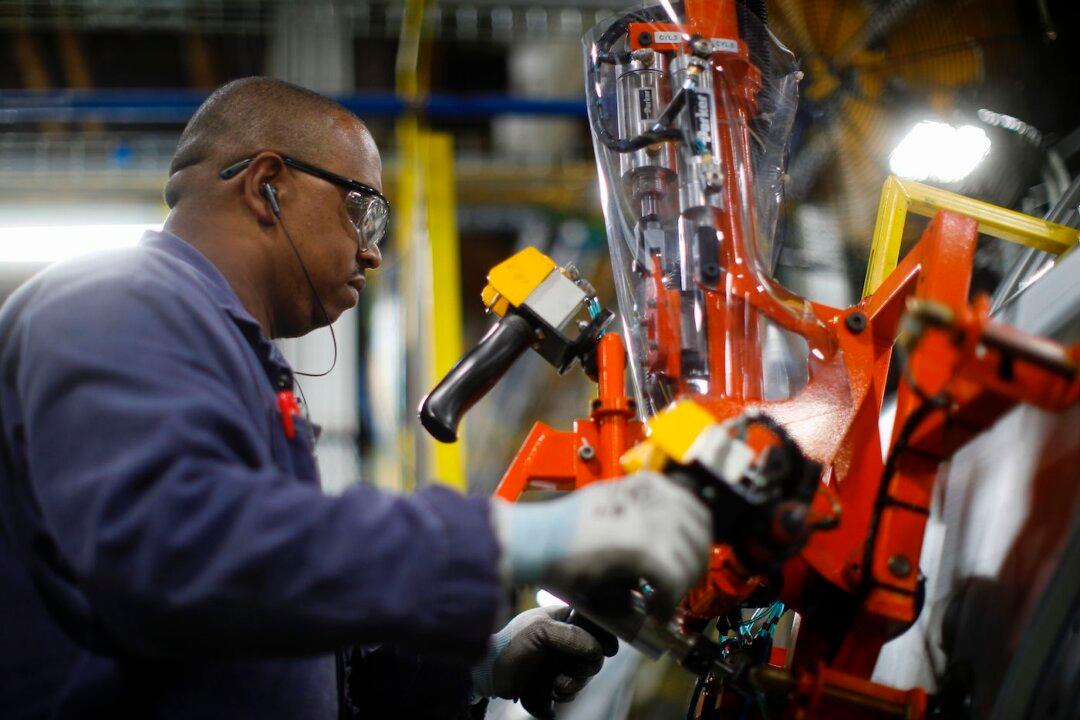Manufacturing activity in New York State is expected to decline over the next six months, according to the the New York Fed’s Empire State Manufacturing Survey released on July 15.
Economists rely on the index and other regional manufacturing gauges for an early read on factory activity.





